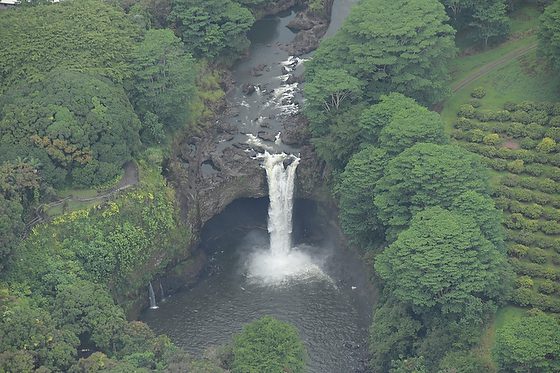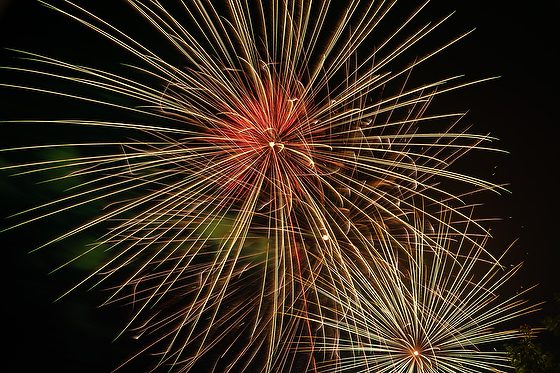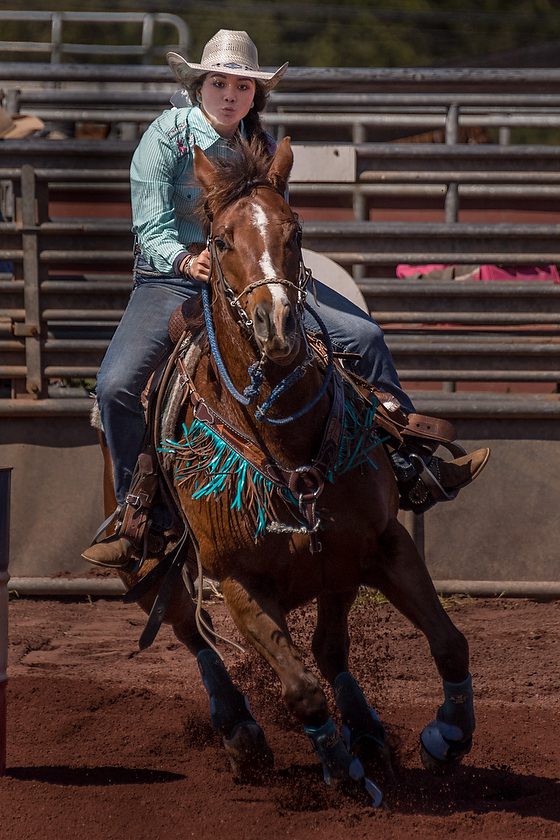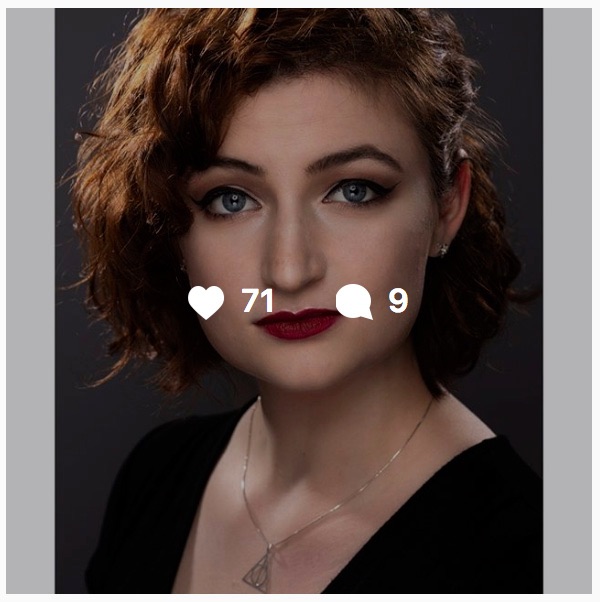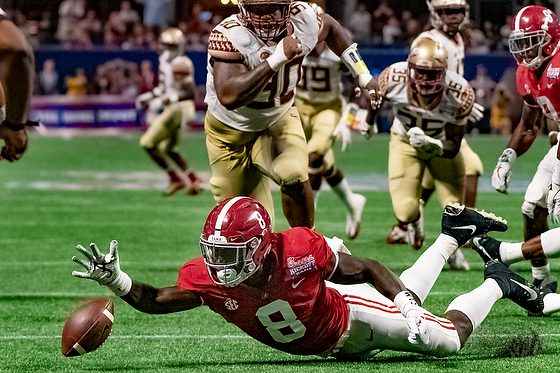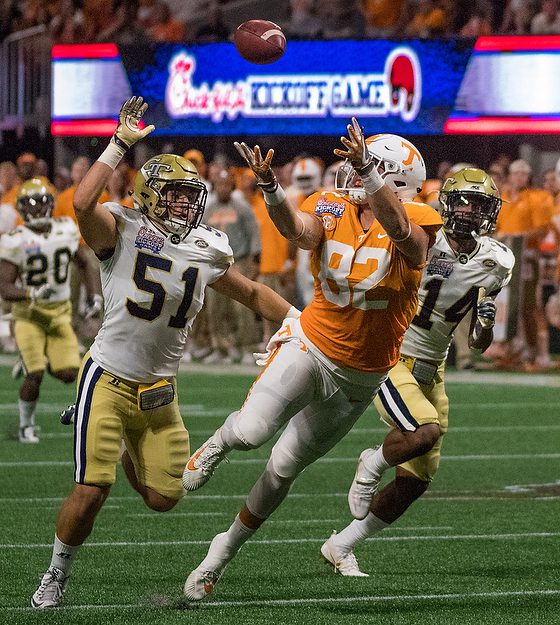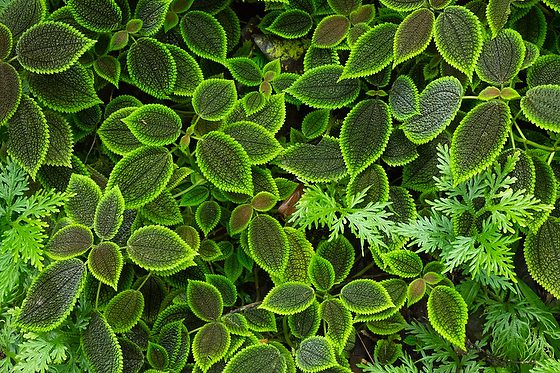“It’s gonna take time, a whole lot of precious time.”
– George Harrison
In the age of instant everything, speed often gets mistaken for quality. Businesses reward those who can move quickly, and journalism is no different. But when it comes to storytelling—especially in journalism—it is essential to get it right. Speed without depth risks creating shallow stories that lack integrity, like “parachute journalism” and sensationalism. For those who aim to tell impactful, authentic stories, here’s why patience and precision are indispensable.

The Drawbacks of “Parachute Journalism”
In the military, airborne troops can be deployed almost anywhere, often with little warning and minimal preparation time. This concept, known as “parachute journalism” in the media, involves reporters dropping into unfamiliar territories and trying to cover stories without in-depth knowledge. This approach, often rushed, can lead to errors, misinterpretations, and a lack of understanding about the community or subject. The result? Stories that miss the mark and ultimately erode public trust in journalism.
Similarly, “yellow journalism” prioritizes attention-grabbing headlines and sensationalism over well-researched, accurate news. While both approaches differ in form, they stem from the same issue—rushing without prioritizing the time and effort needed for accuracy.

Essential Ingredients for True Journalism
True journalism requires far more than quick dispatches and viral headlines. Here’s a breakdown of the vital ingredients that make stories resonate with the public and stand the test of time:
- Truth through Verification
Journalism is built on the professional discipline of assembling and verifying facts. Rushing to publish before verifying can lead to misinformation and damage to credibility. Thoughtful verification is at the core of storytelling that people can rely on. - Commitment to Community
Great journalism serves the community first, not advertisers or click-through rates. The audience consists of everyday citizens who trust journalists to present facts responsibly. Serving the community over profit helps build credibility and trust in the long term. - Objective Methods
Journalists must consistently test information objectively. Unlike social media, where “trusting your gut” may prevail, journalism’s backbone lies in systematic verification, minimizing bias to maintain integrity. - Independence in Reporting
Independence is crucial to avoid bias, whether pressure from influential figures, advertisers, or even internal influences within a newsroom. A journalist’s loyalty should be to the truth, not any organization or crowd. - Watchdog Role
Journalism is crucial in holding institutions accountable by keeping the public informed. From fact-checking public statements to investigative reporting, the journalist’s role as a “watchdog” helps citizens stay informed about issues that may demand social change.
The Challenge Today: Fighting “Fake News” and Mistrust
With sensational stories and unchecked information rampant online, the public often turns to friends or unverified sources rather than professional journalism. This preference has contributed to a rise in “fake news,” exploiting the erosion of trust in established media. Unfortunately, the actions of a few unethical journalists have cast a shadow over the entire profession, just as isolated scandals have in other fields. Now, many journalists find themselves in an uphill battle to restore trust.
The Takeaway: Great Stories Require Patience
Good journalism doesn’t happen overnight. When you rush, you risk distorting stories and letting assumptions shape the narrative. Take the time to understand the subject, research meticulously, and verify every detail. As George Harrison sang, “It’s gonna take patience and time.” You can only deliver stories that genuinely resonate, inform, and inspire change.





















